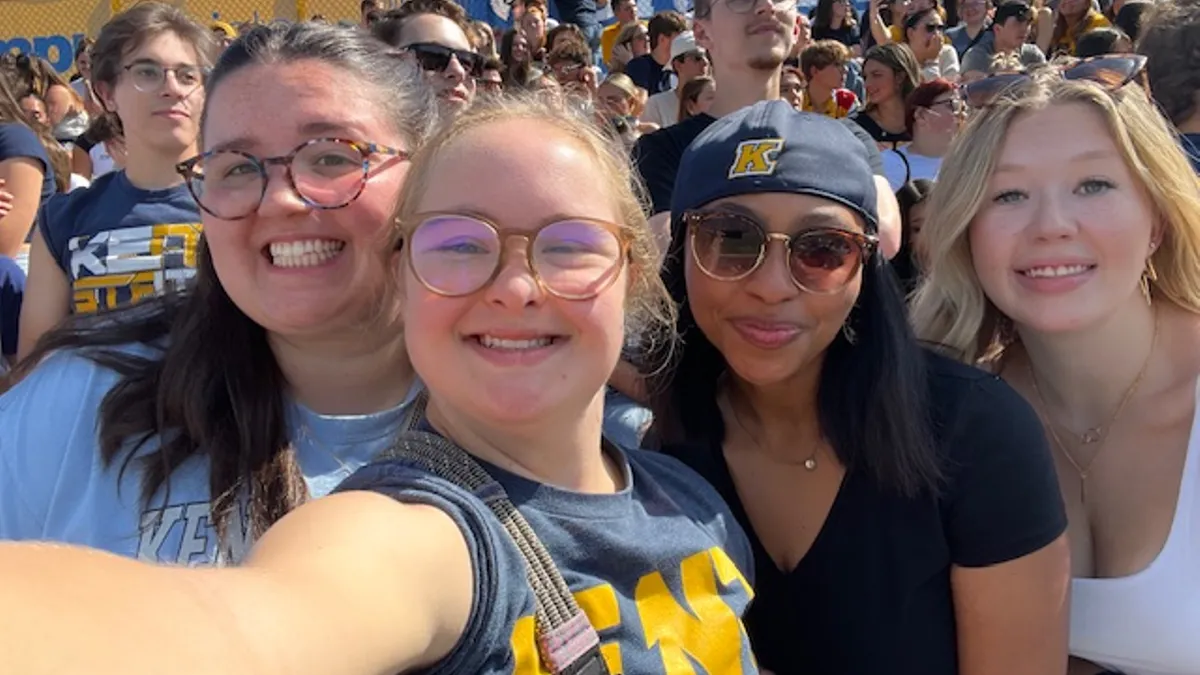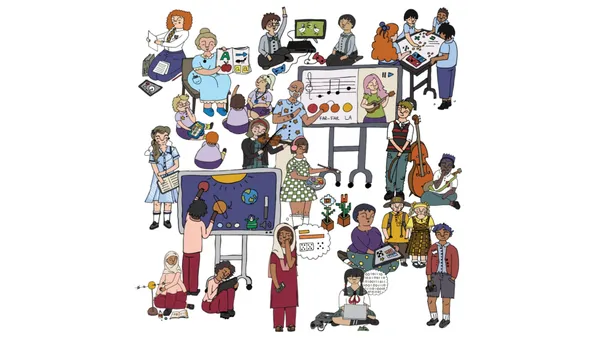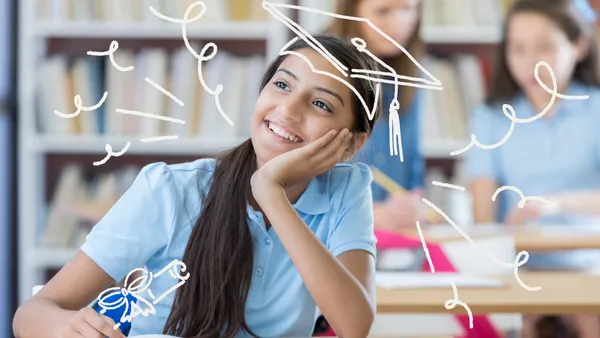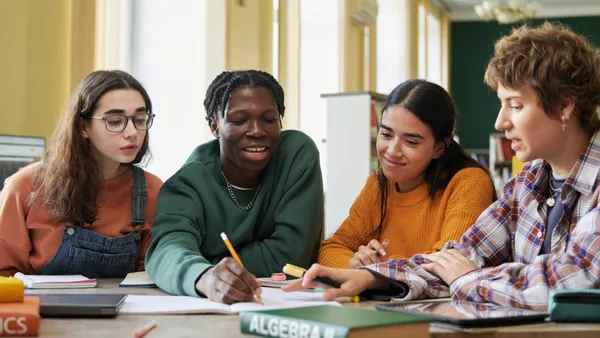Dive Brief:
- Baltimore City Public Schools has established a Summer Arts and Learning Academy for elementary school students, which integrates math and literacy learning in a program produced by Young Audiences, a Baltimore nonprofit dedicated to arts-based education, according to the Hechinger Report.
- The program, which allows students to participate in spoken word, percussion, drama, dance, illustration and other arts activities, has proven to be especially effective at minimizing summer learning loss as measured by comparative assessments.
- Summer programs such as these are particularly important in narrowing the achievement gap because the impact of summer learning loss is cumulative and can cause some low-income students to be as many as three years behind their peers by fifth grade, the article says.
Dive Insight:
Most school districts struggle with ways to prevent the summer “brain drain” which seems to steal precious learning time each year as teachers spend time reviewing material that students once knew but have now forgotten. In most school districts, parents are left with the task of keeping their children engaged in learning over the summer. But more school districts are battling the issue by staging summer learning events of their own. In Baltimore, a summer arts program is addressing the challenge.
Because attendance in most summer learning programs is optional, participation increases when students and their parents are offered programs that interest them. A Brookings Institution article notes, “Regardless of the design, these policies should offer engaging options for students over the summer so that summer learning programs do not feel like punishment for students who would rather be enjoying summer vacation. Doing so would set more students up for success as the school year gets underway.” Arts programming, such as that offered through the Young Audiences program, is one way to achieve that goal.
Arts education is seeing a resurgence under the Every Student Succeeds Act (ESSA). While many school districts saw cuts to arts education in recent years, new ESSA guidelines establish arts as a part of a “well-rounded education.” More importantly, the new ESSA guidelines loosen the purse strings to Title 1 and other funding sources to encourage arts education, allowing schools to pursue an “arts-rich” education. Other funding partners can increase the access to arts in schools, while community partnerships with art and music organizations can provide valuable local resources for students, especially over the summer. Whether taught in summer school or during the school years, arts and music education can engage students in learning across the curriculum.











